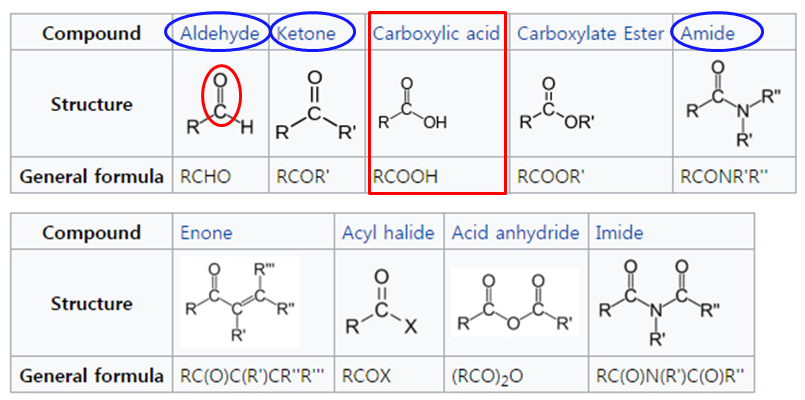
▶ Previous Artlcle : #4-1. A Cause of Skin Aging, AGEs
The glycated hemoglobin (HbA1c), as we know it, is also glycation of hemoglobin protein.
By estimating this value, the average blood sugar for about 3 months is calculated.
In this issue, the glycation process and the concept of AGE will be summarized, and in the next issue, the reaction occurring in each step or terminology will be dealt with in more detail.
HELIOSⅡ/LOTUSⅡ/HYPERION – Manufacturer: LASEROPTEK(www.laseroptek.com)
Generation of AGE
First of all, looking at the name AGE, AGE stands for Advanced Glycation End Products.
It is a term that is not yet familiar to many medical professionals and patients, but some day we will get used to it.
Therefore, I sometimes use terms such as food poison, carbohydrate toxin, and glycated toxin to help patients understand.
This is because AGE is related to carbohydrates.
There are three main reactions, namely, high heat, glycation, and oxidation reactions as conditions that are likely to generate AGE.
The high heat reaction is a reaction that gives off a savory scent with a brownish color, such as baked or fried food.
As shortly mentioned above, the glycation reaction is a direct binding method of sugar and protein that occurs mainly in diabetic patients.
The oxidation reaction occurs by activation of chemical structures (reactive carbonyls) due to oxidative damage of sugars, fats, proteins, etc.
The resulting AGE chemically has the following three properties.
The first one is that it is a fluorescent material.
Second, it has an irreversible property.
Third, it does not move around in the blood and is accumulated in living tissues.

Figure 2. Carbonyl group (Source: https://en.wikipedia.org/wiki/Carbonyl_group).
-To be continued




















